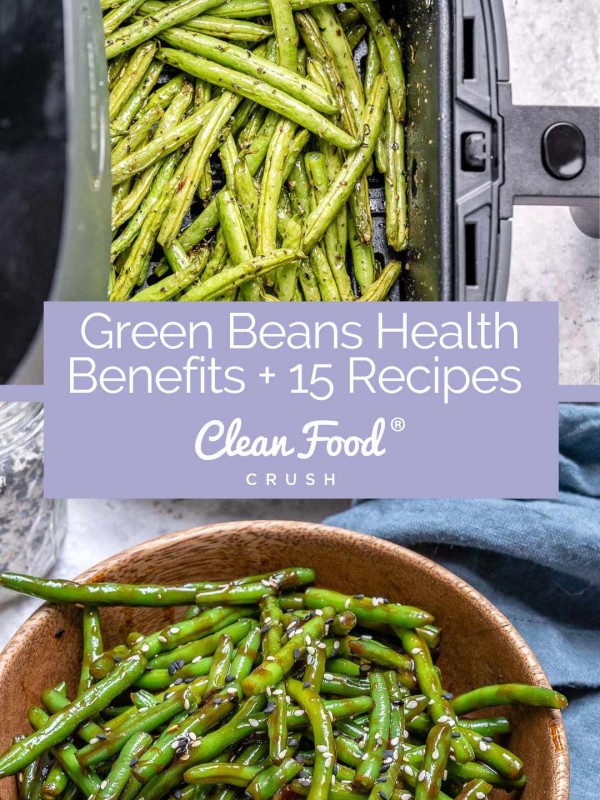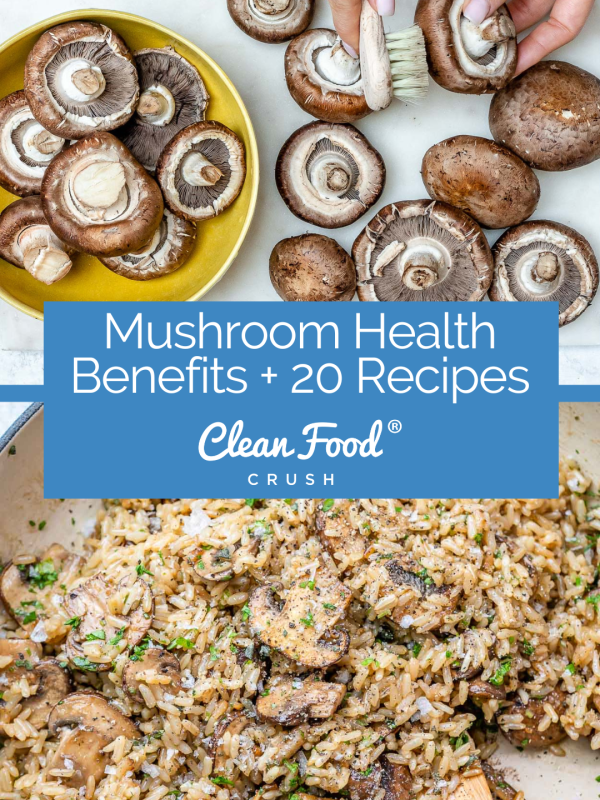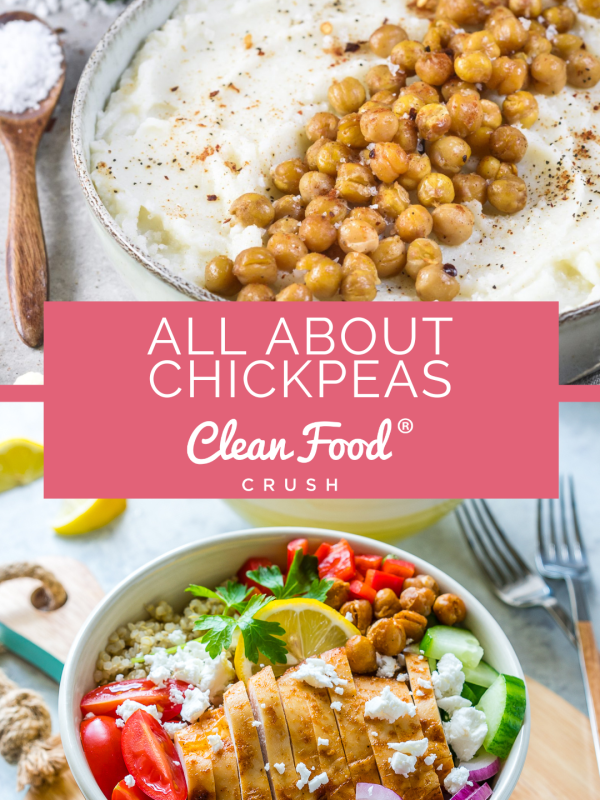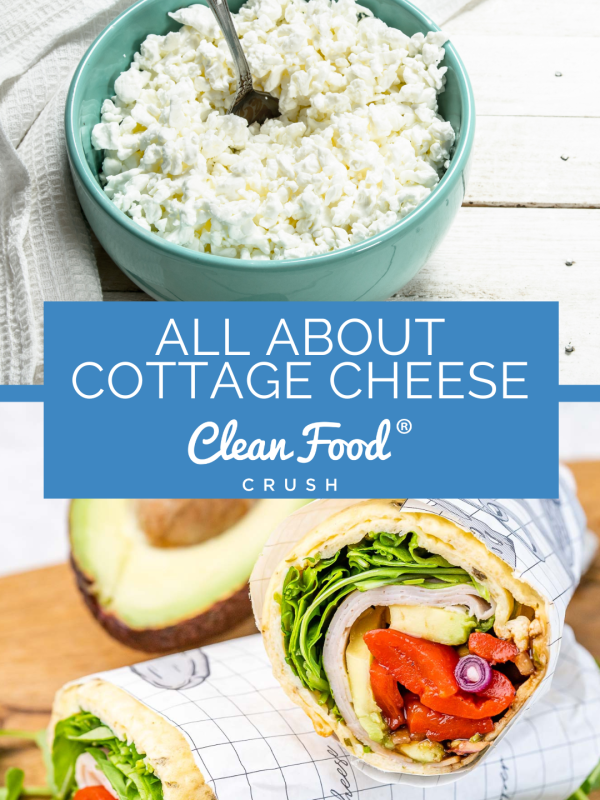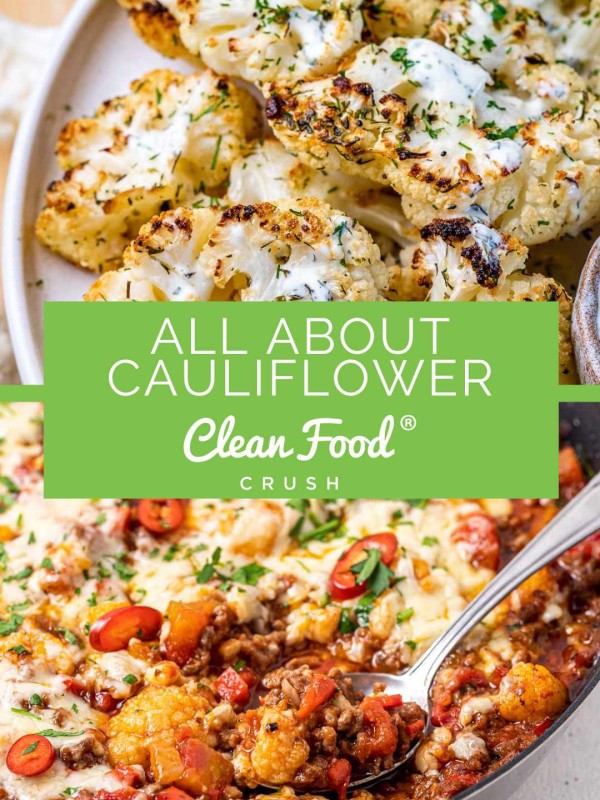This post contains affiliate links. Please see our disclosure policy.

Everything You Need to Know About Honey
Honey is a well-known syrupy liquid used in many dishes, from entrees to desserts to smoothies. It’s applauded for its sweet, deep flavors, which help make it a versatile ingredient. It is not only flavorful but also full of antioxidants and nutrients that make it a great alternative to regular sugar (without sacrificing the sweetness!).
Honey is widely available, but you may not know all the different kinds, how it’s made, and even some secret uses!
Read on to find out more about this sweet, intricate ingredient. Here is everything you need to know about honey:
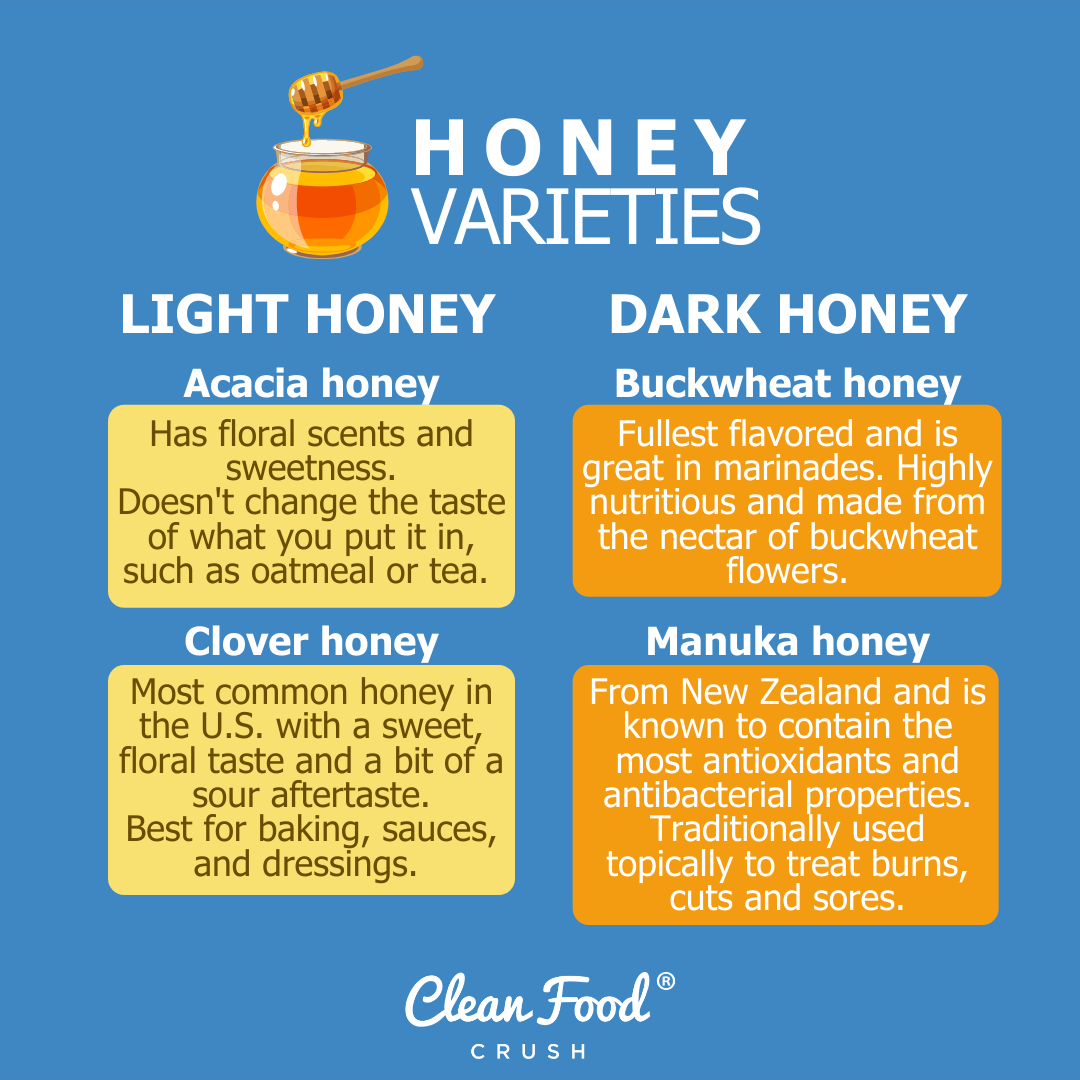
The Different Types of Honey
There are many different types of honey, some more readily available than others. Not all are best when eaten, but they have qualities that make them a resource you’ll want to have on hand. Here are just four:
Clover Honey – This type is made from nectar collected from clovers, which are plentiful in the spring and summer months. This is your primary kind of honey, the kind you’d likely get from the grocery store, and is known for the floral notes and subtly sour aftertaste.
Clover honey has many potent antioxidants and some acids that support heart health and the lungs and nervous system. You truly can’t go wrong with this delicious sort!
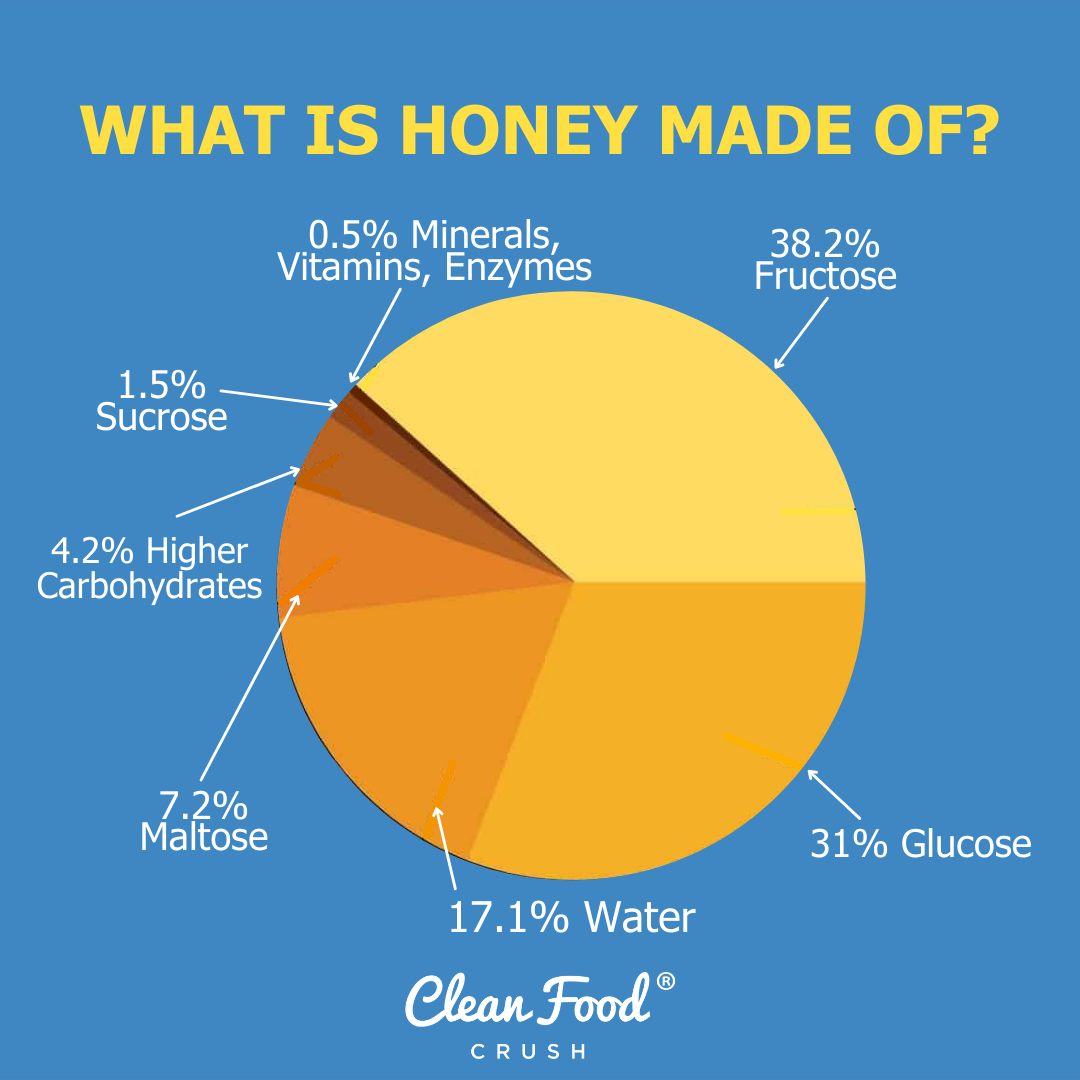
Acacia Honey – This type of honey comes from the black locust tree, commonly found in North America and Europe. Sweet, barely-there floral hues denote it. It’s a light amber color and is slow to crystallize, meaning it’ll stay in its liquid form longer than others.
Like all honey, acacia has many health benefits, but it’s also valuable for treating and preventing skin conditions like acne. If you’ve got adolescents at home, I suggest keeping a jar of this around just in case!
Buckwheat Honey – Best known for its intense, bold flavor and a deeper hue, buckwheat honey can be used as a marinade for meats or any other food that could use a hearty flavor. You can also use this variety to treat certain types of infections because of the honey’s powerful antibacterial properties.
Manuka Honey – This type comes from tea tree bushes and, much like tea tree oil, is known for its antibacterial properties – it’s even been FDA approved to treat wounds and burns.
While manuka honey is amazingly powerful for these healing effects and is worth keeping on hand, it has a rather astringent taste, so it may not be your go-to for a food ingredient.
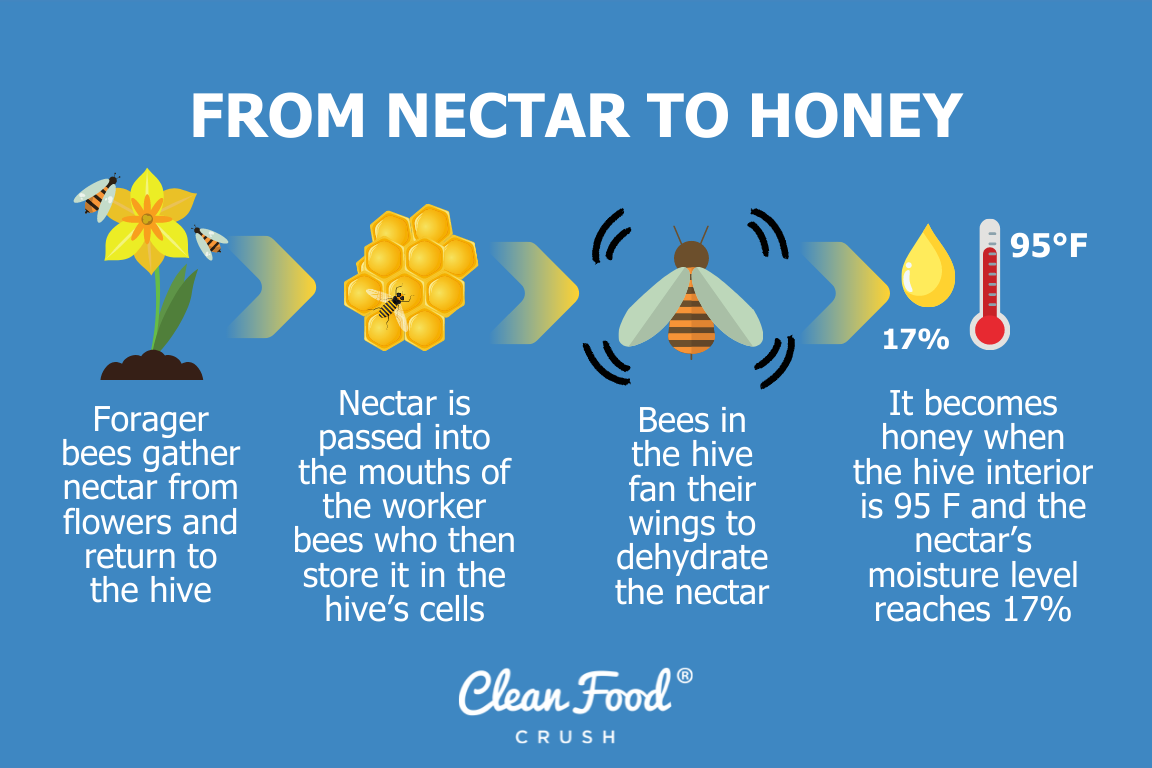
How Honey Is Made
We all know honey starts with honey bees. There are three types: queen bees, worker bees, and drones. The queen bee is responsible for reproduction; she’ll produce up to 2,000 eggs a day at the height of the season. Worker bees are the most numerous in a hive; they’re responsible for secreting the wax used in the honeycomb, collecting all the nectar from various flowers, and transforming that nectar into honey. Drones are the male bees; their only job is to fertilize the queen bees.
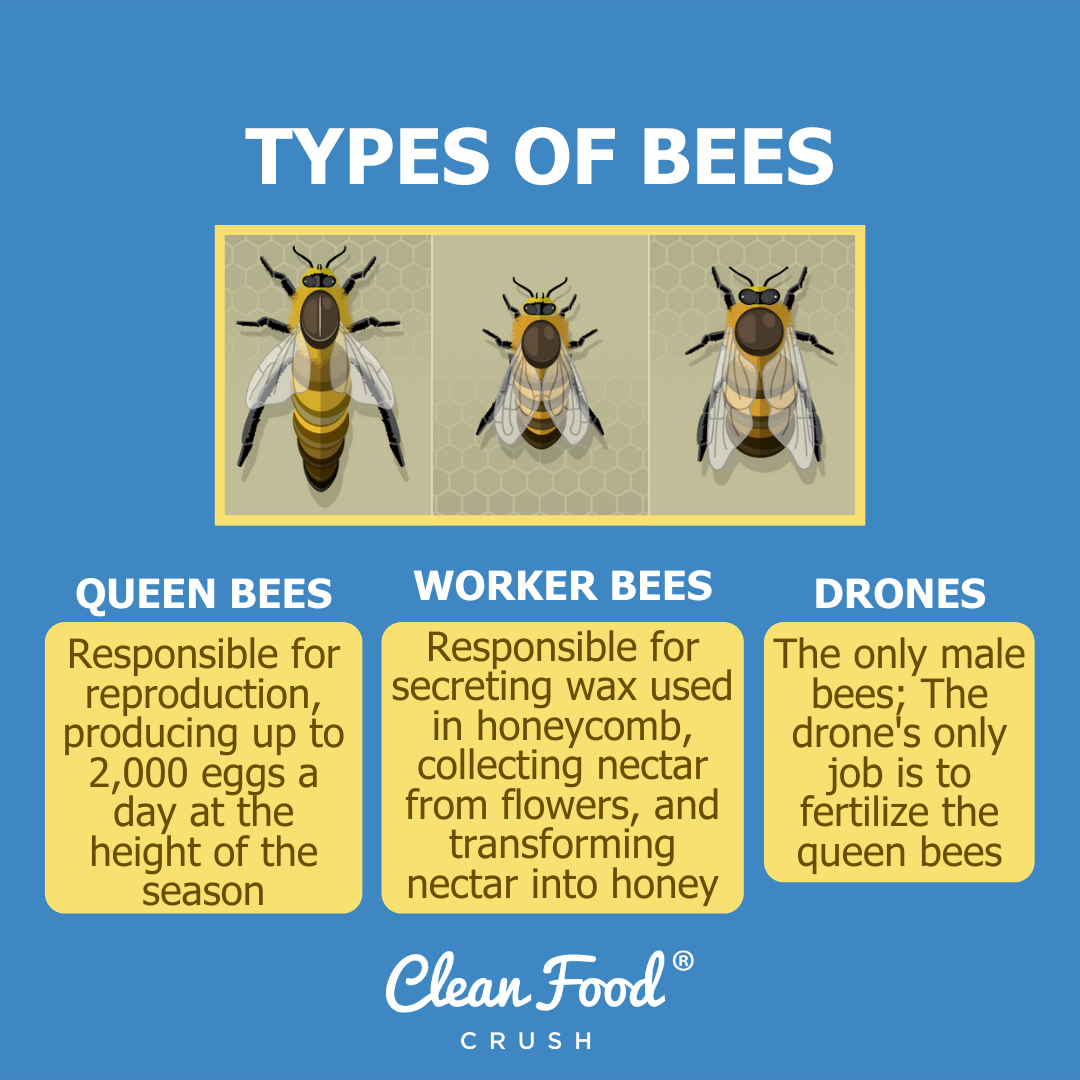
Once the worker bees have collected their nectar, they take it back to their hives, where it’s broken down into simple sugars stored in the honeycomb. The design of the honeycomb and constant fanning of the bees’ wings causes evaporation, which in turn creates the sweet liquid honey we all know and love. Beekeepers harvest the honey when it’s ready by removing the honeycomb from the hive and scraping the honey out into jars.
The different flavors and colors of honey come from the various flowers, trees, and plants from which bees collect nectar. For example, honey made from clover nectar is lighter in color, whereas honey from buckwheat nectar is a darker amber color.
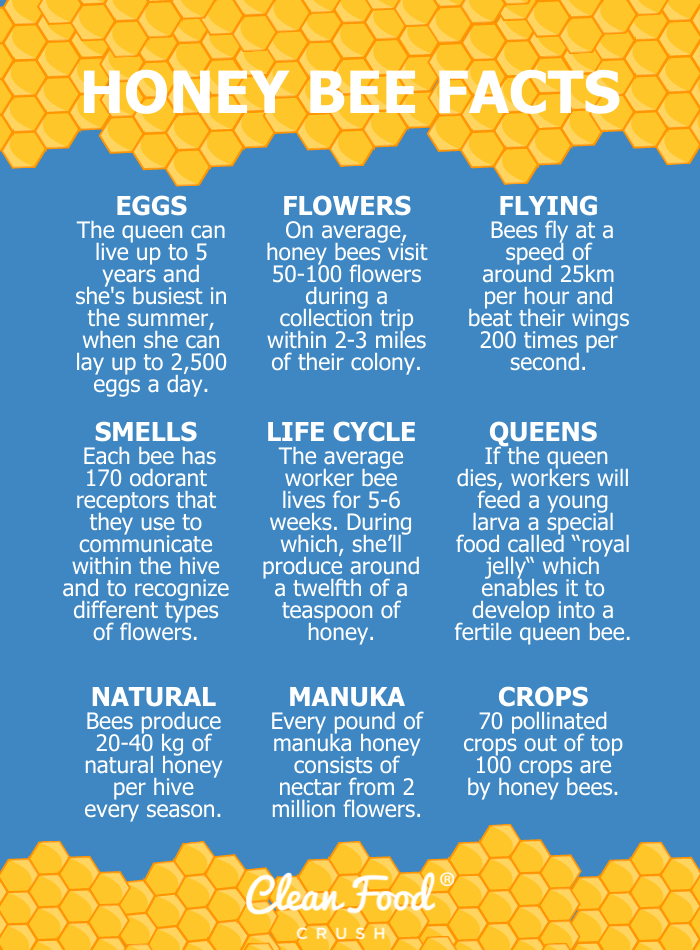
Honey Crystallization
Honey crystallization is the formation and growth of sugar crystals in honey. Keep in mind that crystallization is a natural process and is not a sign that yours has gone bad. Due to its physical properties and super-saturated sugar solution, honey tends toward crystallization. When stored in colder temps, honey will start to crystallize, so it’s best to store it in rooms above 50°F.
If you have a jar of honey that’s starting to look solid, don’t throw it out! Instead, simply heat it on the stove or microwave, and voila – perfectly good!
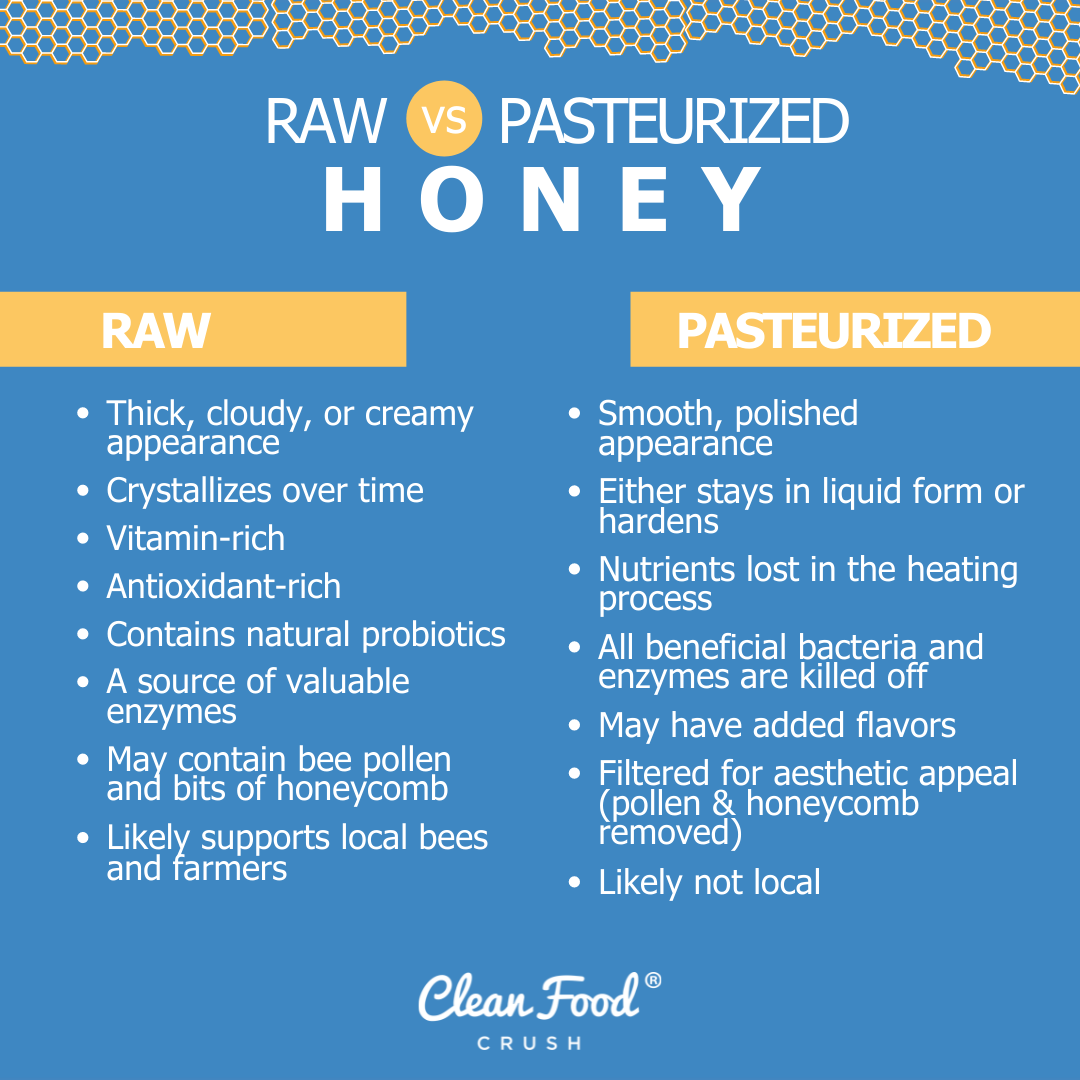
Get Local Honey
While store-bought honey is great, getting it from local beekeepers is the best way to get the most potent nutrients and antioxidants. Buying locally will help the bee farmers around your area continue to supply you and your family with the best honey out there! And this is super important because bees are essential to the ecosystem.
Plus, if you have any problems with seasonal allergies, local honey is a great way to help ease those symptoms! Basically, you’re ingesting local pollen from the plants and flowers the bees have gathered from. Over time, you may become less sensitive to this pollen, and as a result, you may experience allergy symptoms.
5 Delicious Recipes with Honey
Last but certainly not least, some delicious recipes! We have many meals that utilize honey, but here are 5 of my absolute favorites.
Honey + Garlic Hasselback Sweet Potatoes
Here is an herb-infused, garlic-buttery, honey twist for your nutritionally PACKED sweet potatoes tonight!
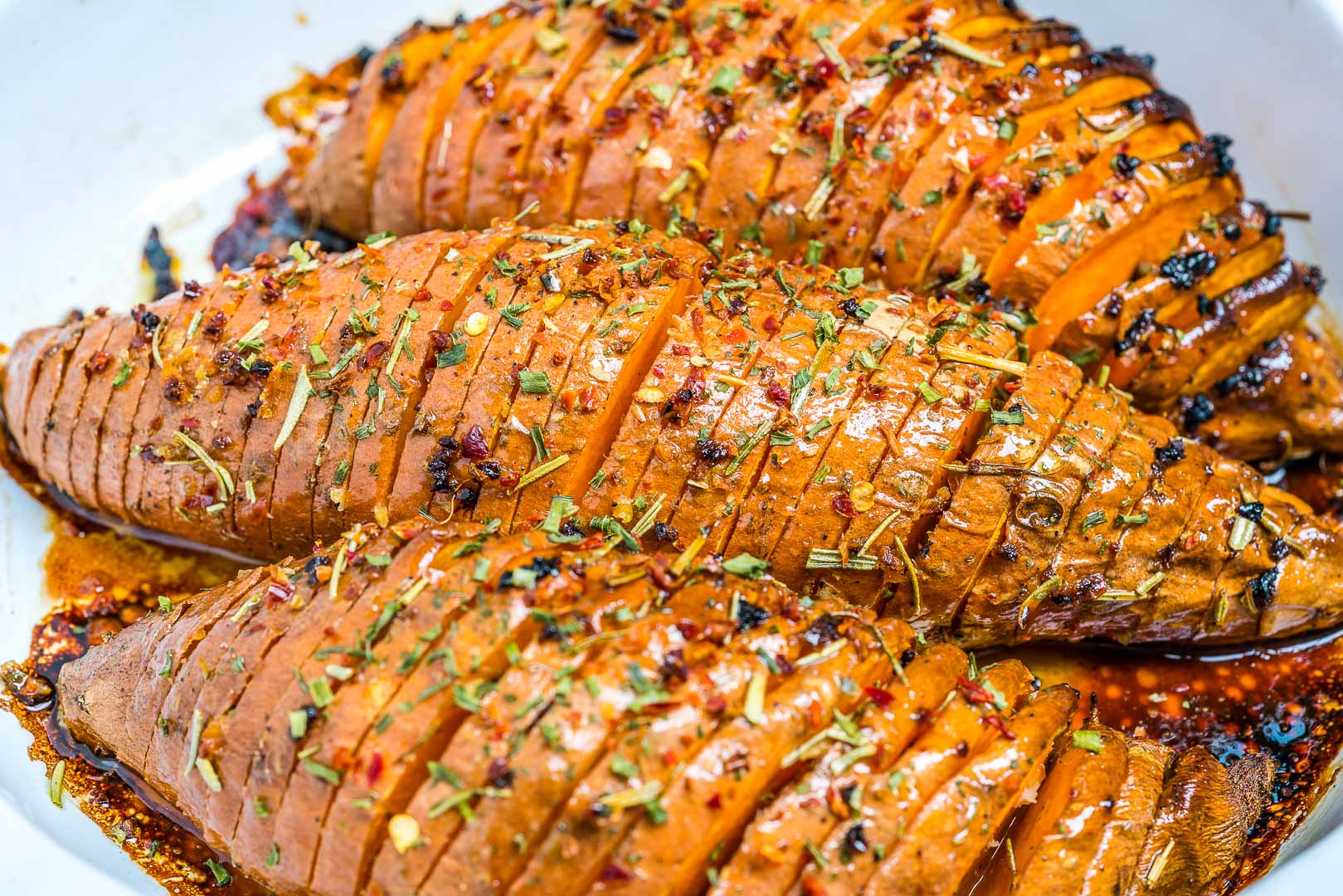
Honey + Garlic Brussels Sprouts
The honey will caramelize with the high heat, and those dark-browned crispy edges are an edible crunchy chip-like treat.
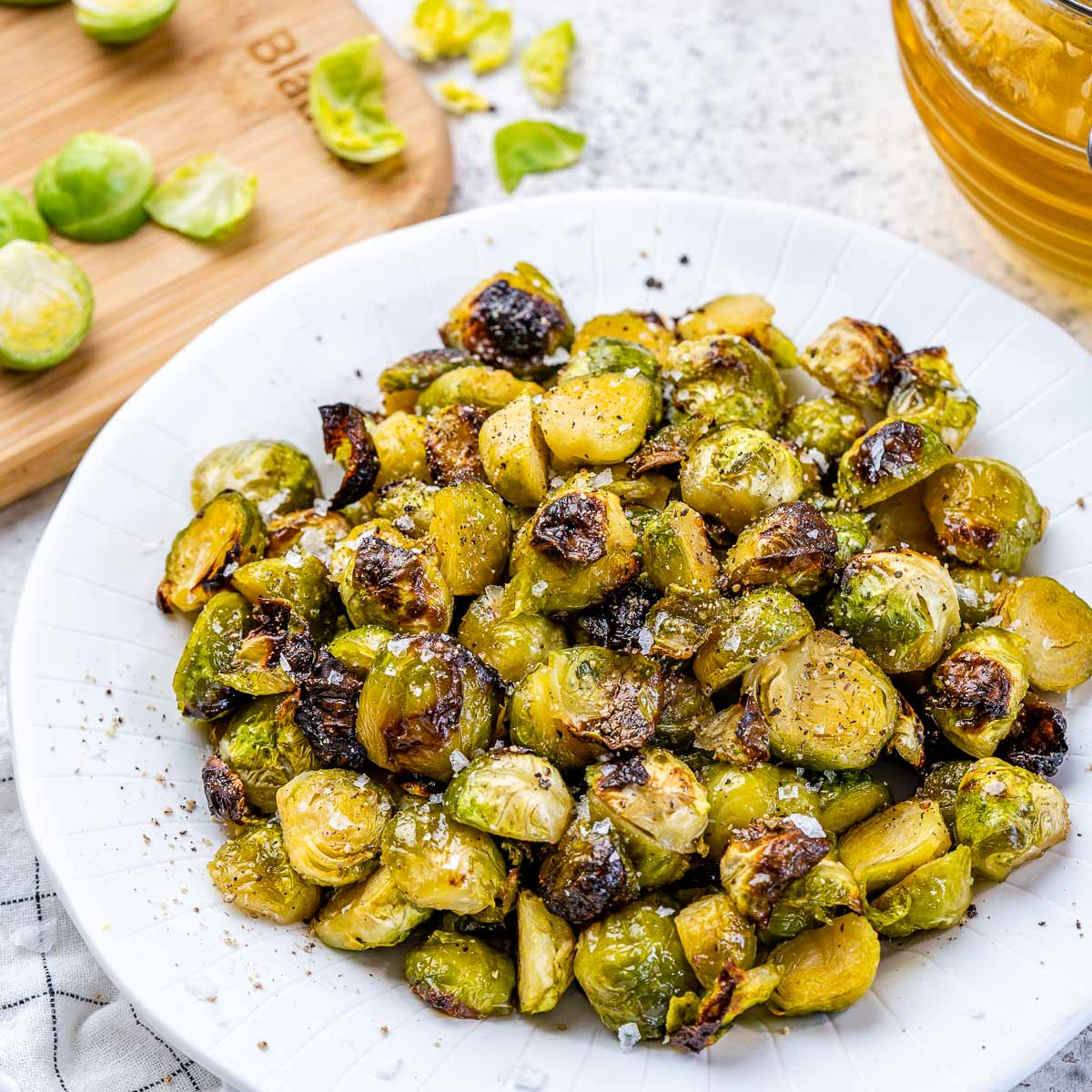
This Honey Garlic Sauce is PERFECTION and will satisfy those salty, tangy cravings.
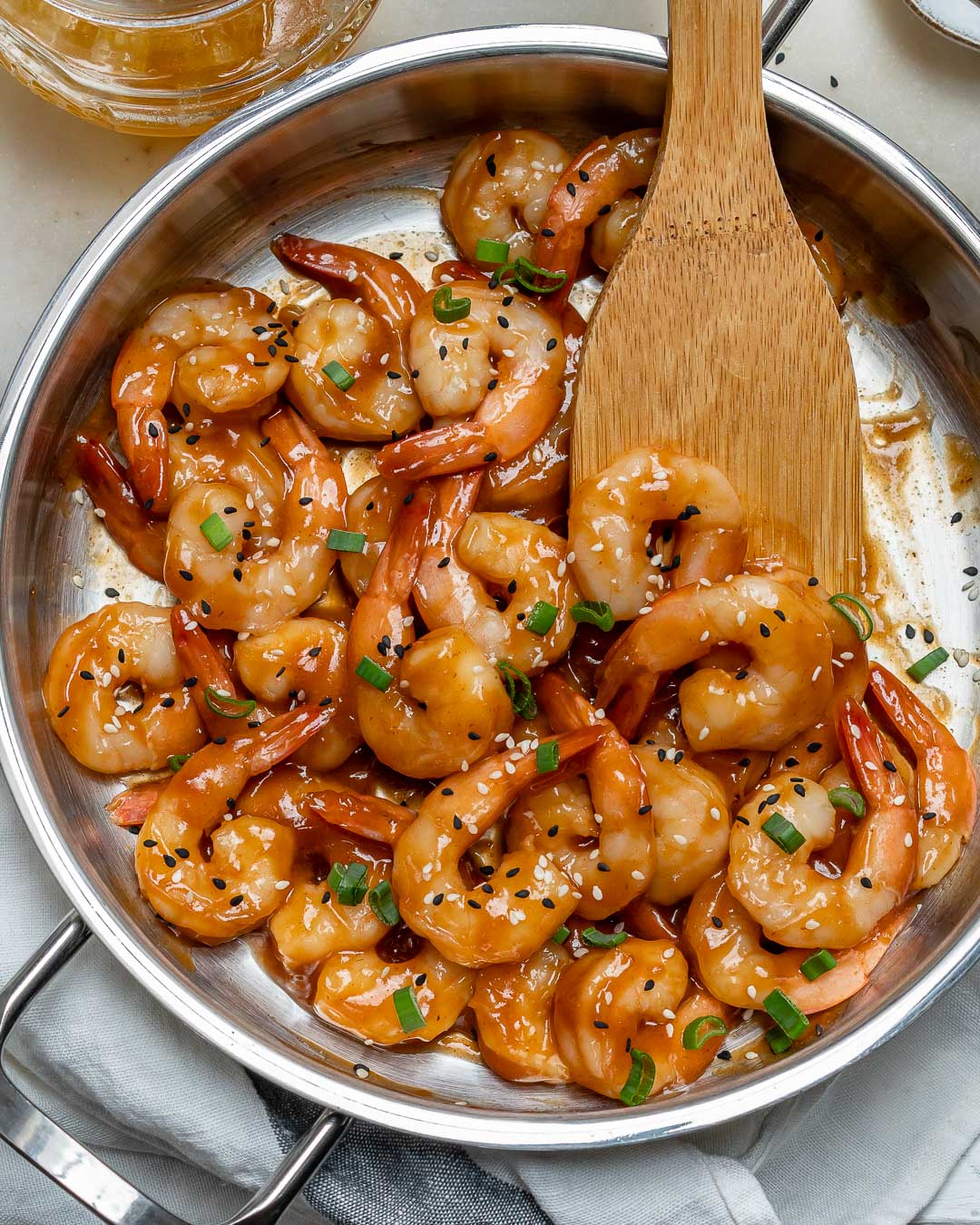
Nothing too fancy, just saucy honey lemon chicken cooked in one pan, with SIMPLE ingredients to enjoy and share with your friends or family!

This is one of my favorite easy desserts to enjoy when peaches are in season! They’re just sweet enough with a healthy, delicious twist.
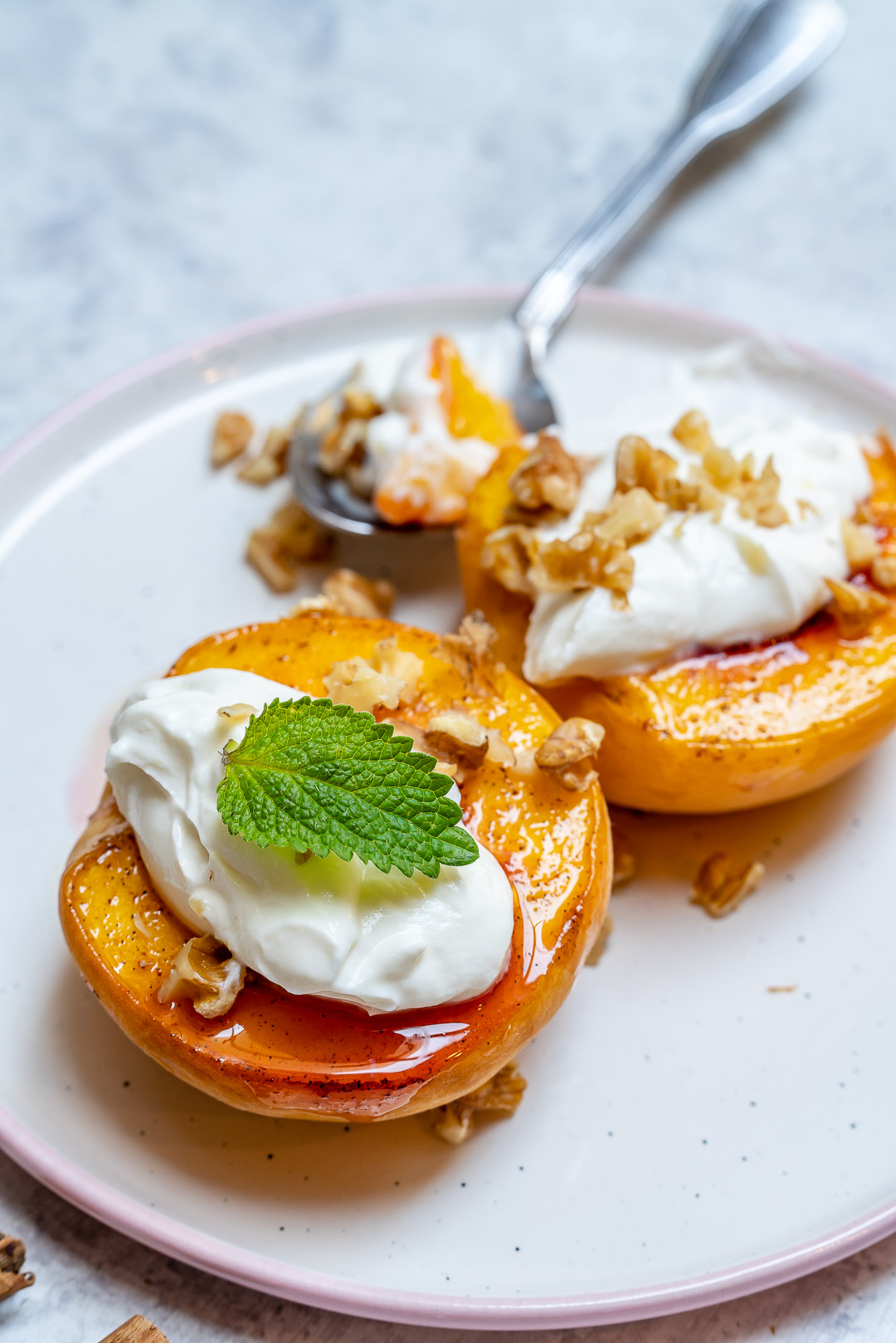
Honey is such an excellent resource for anyone’s home.
Its sweet flavors can add so much to meats and treats alike, and its antioxidant properties are great to have at the ready.
The process for making honey is intricate and vital for helping the environment, bees, and local farmers in your area. Support them today by picking up a jar of fresh honey and treating your family to a delicious meal or dessert!






